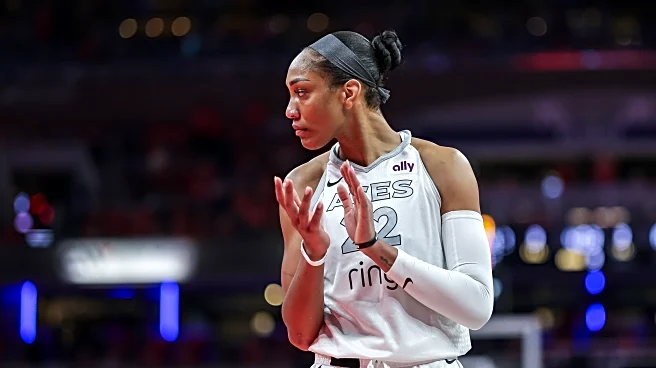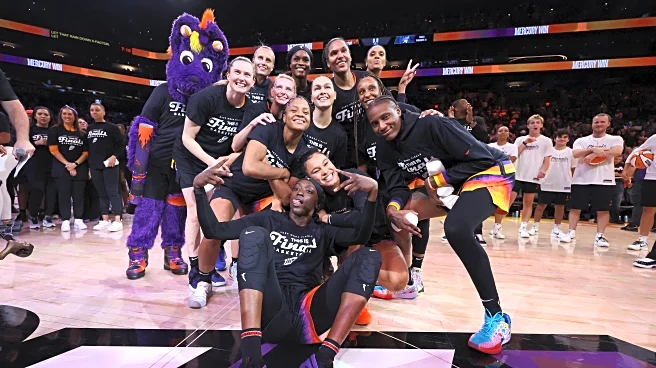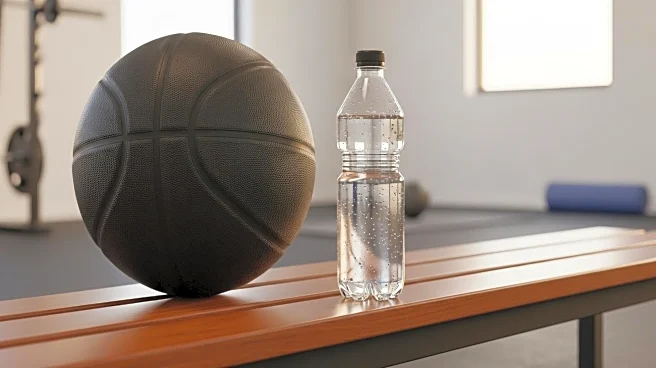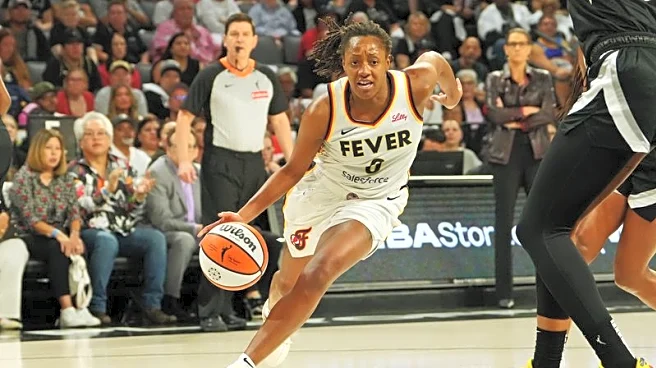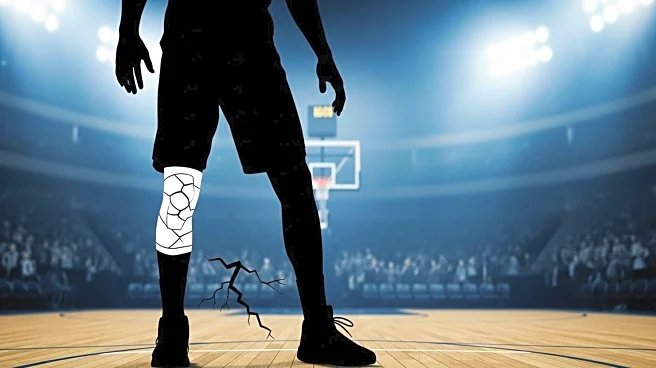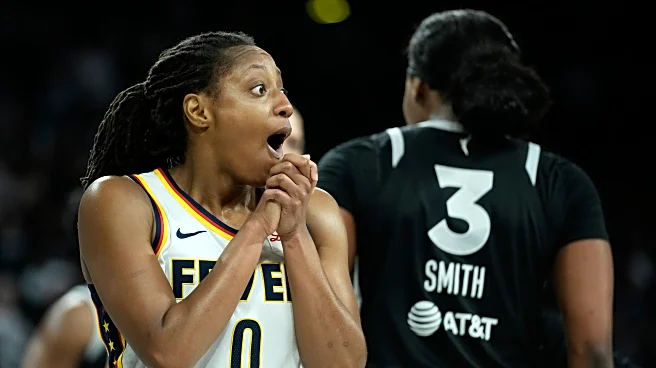What is the story about?
What's Happening?
Indiana Fever's star guard Kelsey Mitchell experienced a severe health scare during Game 5 of the WNBA semifinals against the Las Vegas Aces. Mitchell, who has been a pivotal player for the Fever, was taken to the hospital after suffering from extreme cramping. The team later confirmed that she was diagnosed with rhabdomyolysis, a condition where muscle tissue breaks down and releases a protein into the bloodstream that can cause kidney damage. Despite the alarming incident, Mitchell has assured fans that she is recovering well and is expected to make a full recovery. She expressed gratitude towards the medical teams and hospital staff for their swift response and care.
Why It's Important?
Mitchell's health scare highlights the physical demands and risks associated with professional sports, particularly in high-stakes games. Her condition, rhabdomyolysis, underscores the importance of monitoring athletes' health and ensuring they receive adequate rest and recovery time. This incident may prompt WNBA teams to review their health protocols and support systems for players. For the Fever, Mitchell's absence in critical moments could have impacted their performance, emphasizing the need for depth and resilience in team rosters. The situation also brings attention to the broader issue of athlete health and safety, potentially influencing future policies and practices in sports leagues.
What's Next?
As Mitchell recovers, she is set to participate in the 3-on-3 Unrivaled basketball league during the offseason. This league, which has gained popularity, will feature several top WNBA players, including Mitchell's teammates Aliyah Boston and Lexie Hull. The Fever and the league will likely monitor Mitchell's health closely to ensure her full recovery before she returns to competitive play. Fans and stakeholders will be watching to see how Mitchell's health progresses and how the Fever manage their roster in her absence. The incident may also lead to increased awareness and preventive measures for similar health issues in athletes.
AI Generated Content
Do you find this article useful?


